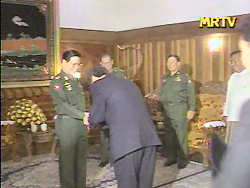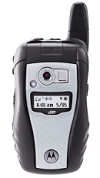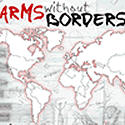 Back in the 1970s when the Shah was on his throne and Iran was our friend, the U.S. sold Iran a fleet of F-14 Tomcat fighter jets. Iran is still flying them and needs parts. In fact, F-14 parts were on the top of the list of the parts delivered to Iran as part of the Iran-Contra deal. So where is Iran getting parts today? From the Pentagon apparently.
Back in the 1970s when the Shah was on his throne and Iran was our friend, the U.S. sold Iran a fleet of F-14 Tomcat fighter jets. Iran is still flying them and needs parts. In fact, F-14 parts were on the top of the list of the parts delivered to Iran as part of the Iran-Contra deal. So where is Iran getting parts today? From the Pentagon apparently.
Anyone familiar with the Defense Reutilization and Marketing Service (DRMS) and its commercial partner Government Liquidation LLC will not find it surprising in the least that surplus F-14 parts sold by them are winding up in Iranian hands. All USML surplus parts are required to be sold with an End User Certificate that informs the buyer of export restrictions. Certain sensitive USML surplus parts are required to be demilitarized or “demilled” before sale. In more than a few instances the processing personnel at DRMS fail to do either.
According to an Associate Press story which hit the wires today, surplus F-14 Tomcat parts have been sold to middlemen acting on behalf of Iran:
In one case, convicted middlemen for Iran bought Tomcat parts from the Defense Department’s surplus division. Customs agents confiscated them and returned them to the Pentagon, which sold them again – customs evidence tags still attached – to another buyer, a suspected broker for Iran.
The AP report provides a number of other instances of military surplus winding up in the hands of the Iranians and the Chinese.
You may also wonder what happens if someone buys a surplus USML item that doesn’t have an EUC and then exports it. Well, the exporter could go to jail. The government can be mistaken about whether an item is USML; an exporter can’t.
(Hat tip to Kevin Wolf at Bryan Cave who pointed me to the AP story.)

 Posted by
Posted by  Category:
Category: 


 Last month I
Last month I  At the Strategic Security Blog, run by the Federation of American Scientists, Matt Schroeder
At the Strategic Security Blog, run by the Federation of American Scientists, Matt Schroeder  If I said that the U.S. defense export community might actually applaud a report from Amnesty International, you would probably say that I need a vacation. I do, in fact, need a vacation, but that is not why I’m saying that the new report
If I said that the U.S. defense export community might actually applaud a report from Amnesty International, you would probably say that I need a vacation. I do, in fact, need a vacation, but that is not why I’m saying that the new report 

